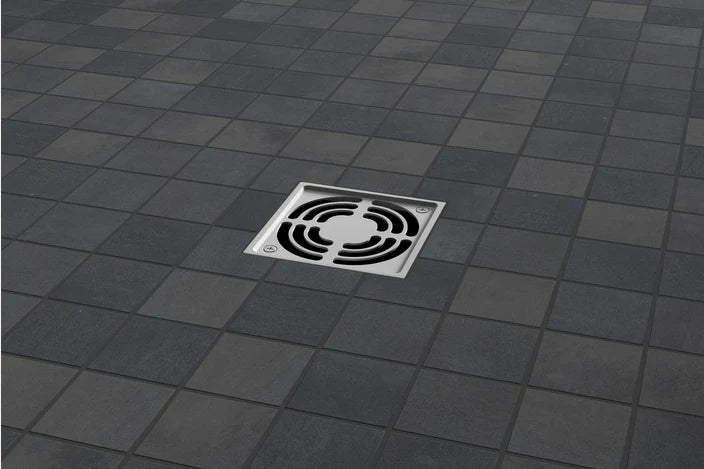Ceramic
Where Does Ceramic Originate From?
Ceramic tiles have a rich history that dates back thousands of years. They are believed to have originated in ancient Mesopotamia around 3000 B.C., where durable clay tiles were fired at high temperatures to protect buildings from harsh conditions. The word "ceramic" itself comes from the Ancient Greek word kéramos, meaning "potter's earth".
Over time, the use of ceramic tiles spread to other ancient civilizations, including Egypt, Persia, and China, where they were used for both practical and decorative purposes. For example, the Ishtar Gate of Babylon, built around 575 B.C., is a famous example of early decorative ceramic tiles. The craft continued to evolve through the Roman Empire, the Islamic Golden Age, and the Renaissance, eventually becoming a global industry.

Flooring
Ceramic tile flooring is a popular choice for both residential and commercial spaces due to its durability, versatility, and aesthetic appeal. Known for its toughness, ceramic tiles can withstand heavy foot traffic, making them ideal for kitchens, bathrooms, hallways, and entryways. They are resistant to water and moisture, perfect for bathrooms, kitchens, and laundry rooms. With a wide range of colors, sizes, shapes, and designs, ceramic tiles can mimic the look of natural stone, wood, and even fabric, allowing for custom patterns and designs to match any décor. Easy to clean and maintain, ceramic tile floors only require regular sweeping and mopping to stay pristine. They also have excellent thermal properties, helping to keep homes cool in summer and warm in winter with radiant floor heating.

Walls
Using ceramic tile on walls is a fantastic way to enhance the look and functionality of various spaces, such as bathrooms, kitchens, and living areas. Ceramic tiles offer a wide range of design options, including different colors, patterns, and textures, allowing for striking feature walls, or subtle accents that complement the overall décor. They are durable and easy to maintain, providing a hard, protective surface that withstands everyday wear and tear. Ceramic tiles are also highly resistant to moisture, making them ideal for areas prone to humidity and water exposure. Overall, using ceramic tile on walls combines beauty, durability, and practicality, making it a versatile and stylish option for various applications.

Durability
Ceramic is durable due to several factors. It is made from natural clay, sand, and water, which are molded into shape and then fired at high temperatures, resulting in a hard and strong structure. This creates a dense and solid structure that enhances the tile's strength and durability. Many ceramic tiles are glazed, adding a glass-like coating that provides a protective layer, making the tiles resistant to scratches, stains, and water. The hard, dense structure of ceramic tiles makes them resistant to everyday wear and tear, suitable for high-traffic areas. Ceramic tiles are also inherently water-resistant, with the glazed surface providing extra protection, making them ideal for moisture-prone areas. Additionally, ceramic tiles can withstand high temperatures, making them suitable for use near heat sources like fireplaces and kitchen stoves. Overall, the combination of high-quality materials, the firing process, and the protective glaze contributes to the durability of ceramic tiles, making them a long-lasting and practical choice for various applications.

